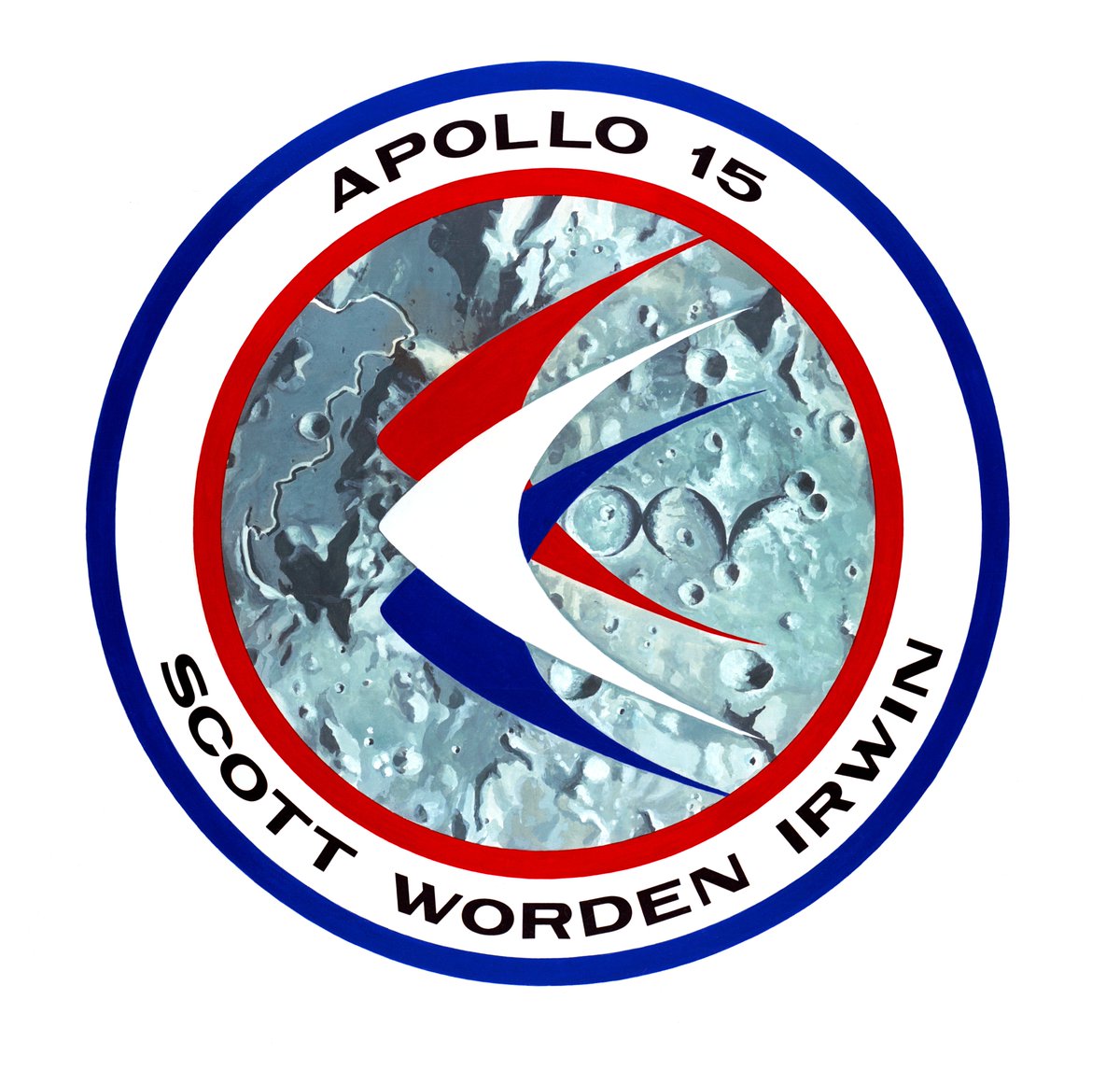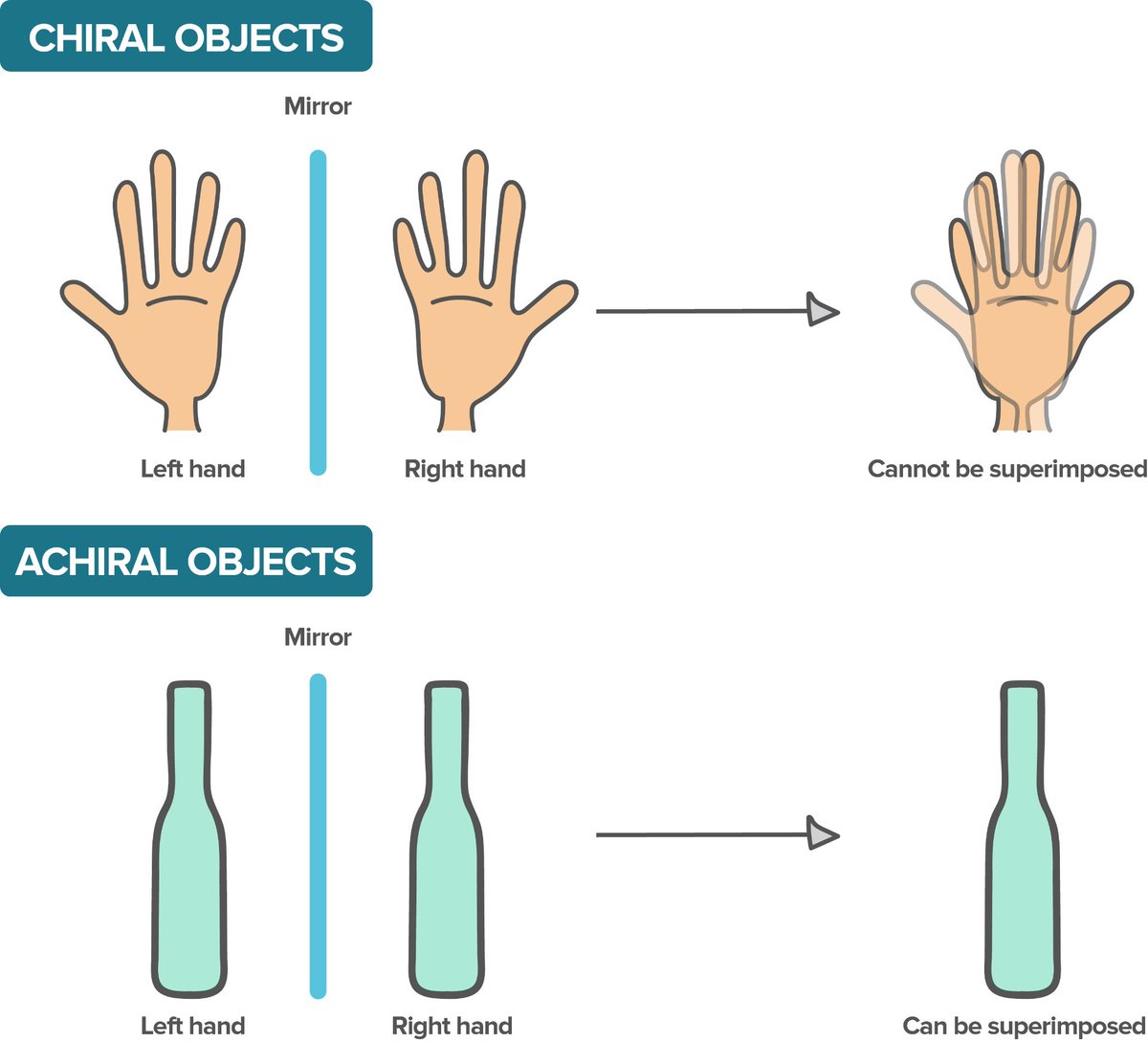Last week, our last host shared some awesome #Skylab history. Here’s some amazing shots of #Earth, as seen by the final Skylab crew.
Here’s a thread with some incredible pics, taken May to June 1973 by the crew of Skylab III. Or 4 but that’s a topic for @NASA_Skylab to answer.
Here’s a thread with some incredible pics, taken May to June 1973 by the crew of Skylab III. Or 4 but that’s a topic for @NASA_Skylab to answer.
1st up, New England “stretching from northern Long Island across the states of Connecticut, Rhode Island & Massachusetts. The total area covered by this photo is more than 25,000 square miles & includes all of Rhode Island, most of Massachusetts & Connecticut, part of New York.” 

Next, SD- The Badlands formed over millions of years. Beautiful “steep gullies, irregular winding ridges & isolated buttes. The barren wasteland of badlands light toned rock surfaces contrast sharply w/ the adjacent vegetated landscape of native grasslands & cultivated fields.” 

Where it started- Cape Canaveral & @NASAKennedy from Space. “Sprinkled along the jutting cape are a number of KSC launch pads from the earlier Mercury, Gemini Apollo and Skylab” & Shuttle flights. Now, @ulalaunch & @SpaceX launch spacecraft & humans from these sites! #space 

Having lived in South Dakota for a while, I can attest to the barren beauty of parts of the state. Here’s a picture of the Black Hills. “Cities and towns in this view include: Rapid City, Deadwood, and Belle Fourche with the nearby Belle Fourche Reservoir.” #Earth #space #orbit 

The Ohio River snakes it’s way through Illinois and Kentucky. I love the contrast of the brown river water, the fields from agriculture, the trees. I’d never get any work done in #space because I’d be looking out the window 24/7. 

One last Skylab picture of home for tonight, the Colorado/Utah border. “The Green River and the Colorado River flow southward to join (off scene) before flowing through the Grand Canyon National Park.”
#space
All pics and captions for tonight- @NASA
#space
All pics and captions for tonight- @NASA

And it was Skylab II (or 3) not the final mission. I didn’t get enough coffee last night!
• • •
Missing some Tweet in this thread? You can try to
force a refresh













